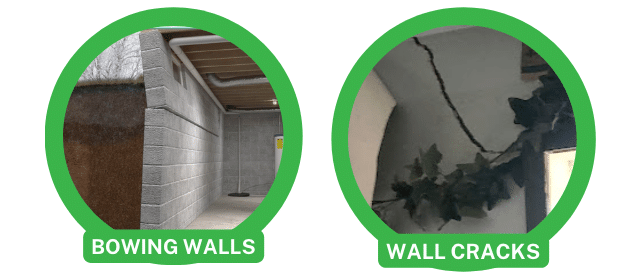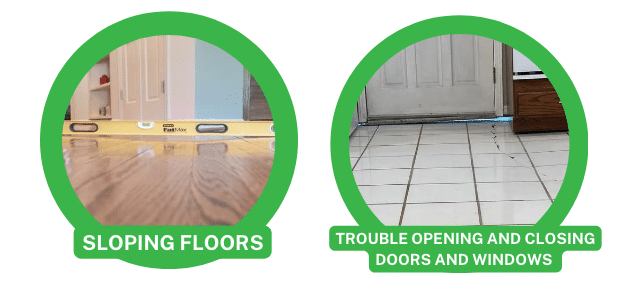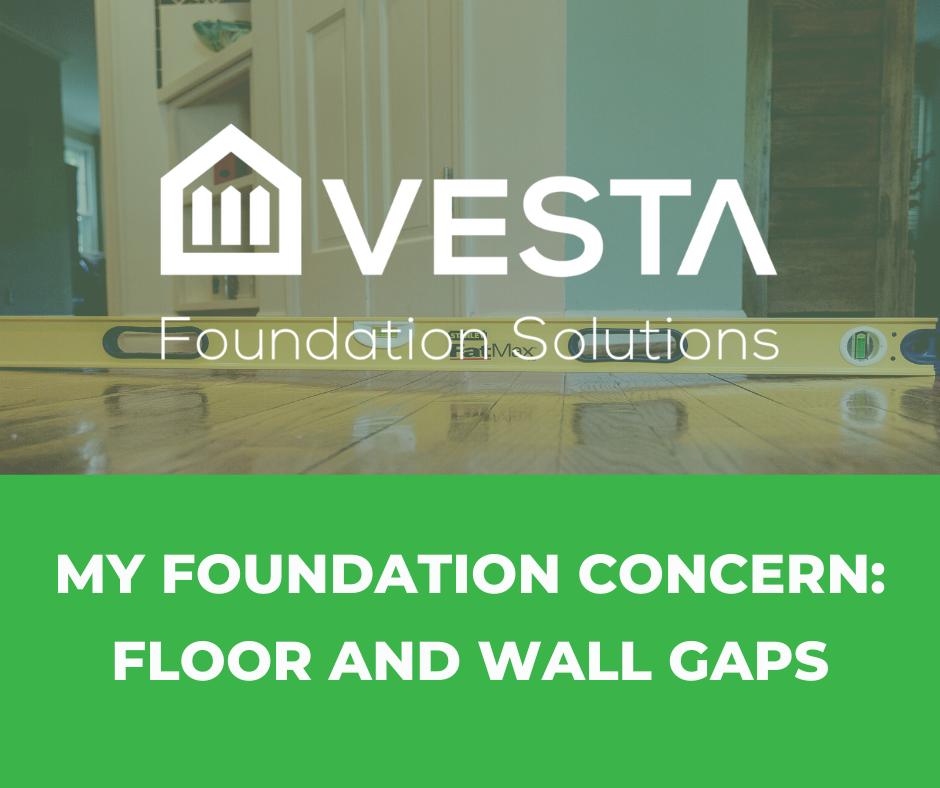It can be a serious problem for homeowners not to know how to fix a gap between the floor and the walls. When early signs are missed, they can be particularly difficult to recognize. The damage may have already been done by the time you notice the earlier signs.
What can I do to fix these gaps in my floor? What are my options?
If this issue is not addressed, it could become more costly in the long run. If you're willing to make the investment in your home and fix it with the right people, here are some solutions to help.
Early Fixes for Gaps in Floors and Walls
The sooner you address an issue like this, the easier and cheaper it will be to resolve. If you notice floor and wall gaps here are some other signs to look for:
- Bowing walls in the basement
- Cracks in the Drywall
- Floor joists that bounce
- Having trouble opening or closing your windows and doors
The easiest way to detect these signs is to look for small cracks in the floor and walls. In spite of its small size, a floor or wall gap can indicate structural problems. The question is whether you can catch them before they cause more damage.


Do Floor Gaps Affect Other Parts Of My House?
Gaps in your walls and floors may affect other parts of your house. These issues may not cause problems at the moment, but they could have severe consequences in the future. Various areas of your home and other areas are affected, so here are some things you should know.
- Individual Rooms
Upon entering these rooms, you may find obvious cracks. Because they are ugly and inconvenient, you don't want them in your beautiful home.
In the event that your baseboards or ceilings crack, we can provide you and your family with a solution.
Especially if the issue is left unattended for a long time, small items can fall between the baseboard and the wall and get lost. If the gaps get bigger, you're more likely to get insects, rodents, and other critters.
- The General Structure
There are no sudden occurrences of gaps in walls and floors! It is common for structural problems to begin long before any signs of trouble appear. It is possible that this problem will arise when one side of the floor sinks more than the other. Due to this, some homes may experience floor separation.
This gap not only causes structural problems, but it also leads to tension. It may not be apparent to you that gaps between your floors and walls can cause your drywall to crack. This can happen when the wall begins to carry more weight than it was designed to carry. As soon as you notice this secondary issue throughout your home, you may be facing a much more serious problem.
- Outside The Home
How about the exterior of your house? It is also possible for specific areas to be negatively impacted by floor and wall gaps. This indicates the underlying cause of these floor and wall gaps. A home's structural integrity is usually compromised when floor or wall gaps appear. There may be a number of places in your home where you experience this problem.
It is possible to damage the concrete foundation that supports the home if one side is heavier than the other. Overcompensated weight on one side of your home can negatively affect your driveway, sidewalk, patio, deck around your pool, and many other areas. It is possible that all of these concrete structures could suffer from structural instability.
Here's what we can do!
It would be our pleasure to assist you and your family in finding the right solution to protect the integrity of your home! Contact us today at (855) 55-VESTA and schedule a free inspection!




